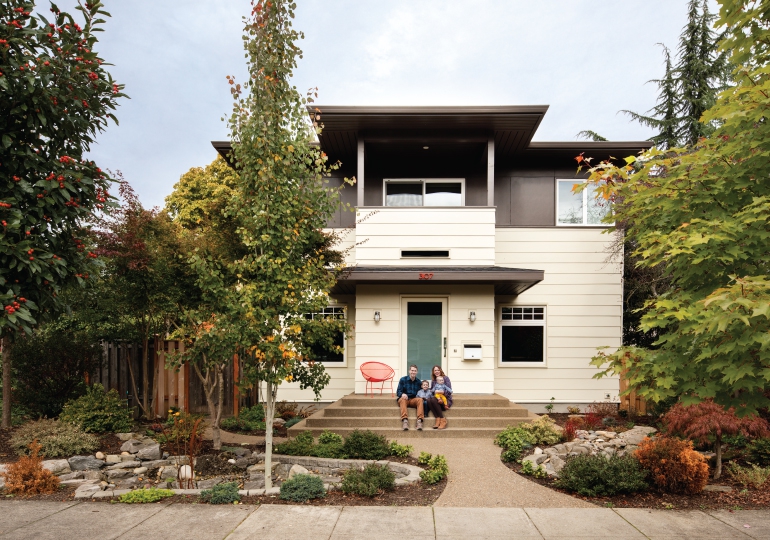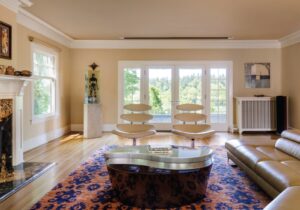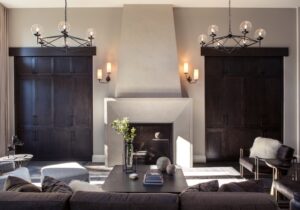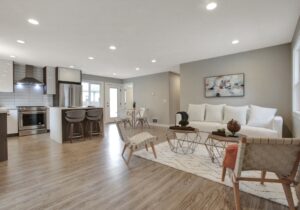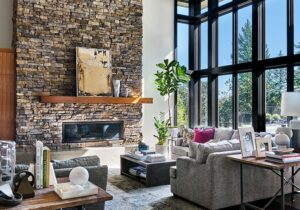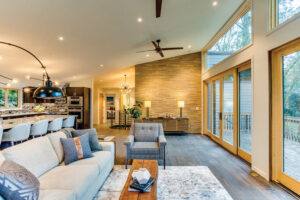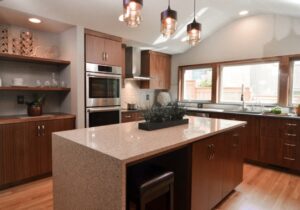When Dawn and Jeff bought their cozy Concordia cottage in 2009, they were thinking of it as a starter home. A couple of suburban Portland natives, they enjoyed their more urban, walkable spot for a home base while they both pursued their busy careers — Dawn as a psychologist and Jeff as a civil engineer.
Then, as it does, life happened. The couple had one child, with another following a few years later. Their cozy, historic two-bedroom, two-bathroom cottage wasn’t going to cut it for a modern family of four. Aside from needing more bedrooms, they wanted updated conveniences, like a garage for all the active Portland lifestyle accoutrements that accumulate naturally when you love the outdoors.
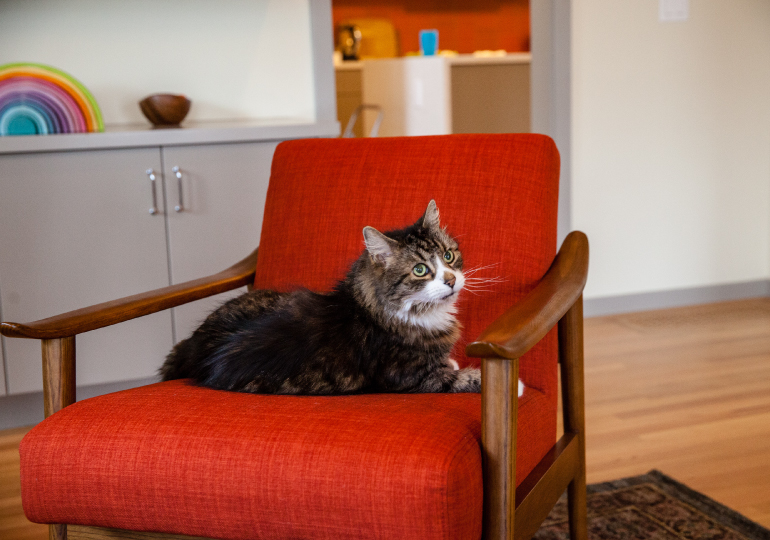
At this point, as the housing market percolated upward yet again, the couple couldn’t find a home they liked, nor one that met their basic specifications. Plus, the more they looked, the more they realized they had become pretty attached to their current home — and neighborhood.
“Staying in Northeast [Portland] turned out to be our top priority,” recalls Dawn.
It’s a conundrum many homeowners in Portland face. Long after their homes have stopped working for their families and lifestyles, they hold on, scared off by the city’s super-hot housing market and unable to envision themselves anywhere else than where they already live. After all, the real value of a home to its inhabitants is not just the walls and roof but the communities they have built inside and outside of them.
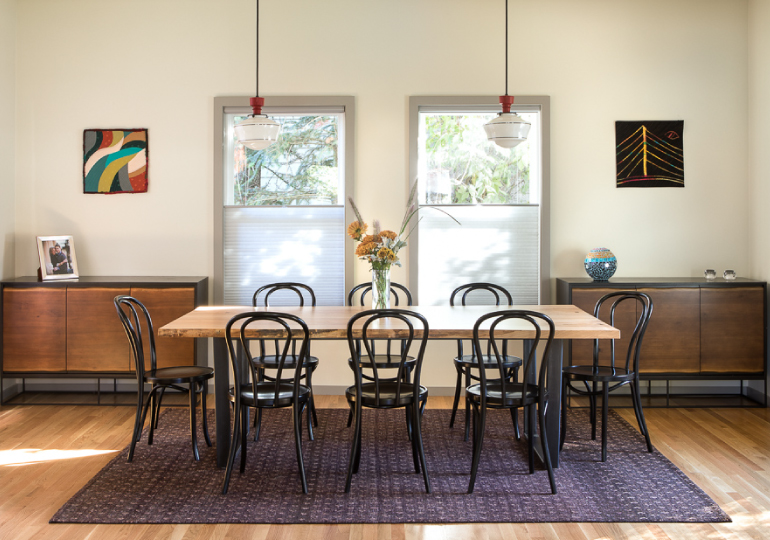
The more they talked about it, the more Dawn and Jeff realized they were also deeply connected to the property. Jeff, a green thumb, had turned the cottage’s outdoor spaces into a landscaper’s dream. He had cultivated rain gardens and artistic rock arrangements, and he had begun investigating the idea of reworking their attached porch. The couple loved the location with its proximity to easy shopping, great restaurants and parks, and they were invested in their neighbors and the feeling of community. And then there were the memories: They had had their first son in the cottage, and it was infused with family sentiment.
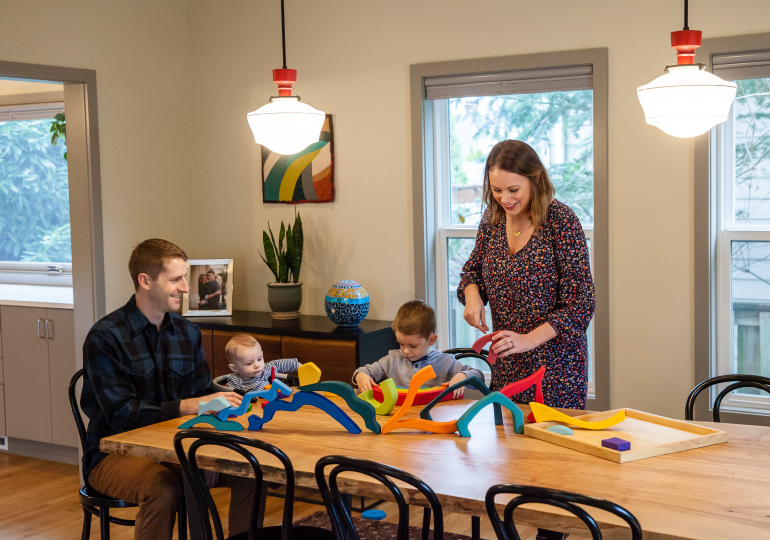
As this thinking evolved, the plan to rework the porch took on less resonance and the idea to rework the entire house came to the forefront. The general contractor they had initially consulted referred them to Michael Howells at Howells Architecture + Designs Architecture + Design.
“We were immediately drawn to Michael’s clean, simple and modern designs. His work has a midcentury feel but blended with the age of the original home,” explains Dawn. “In the end, we didn’t bother to look at any other potential architects, we felt so confident in Michael.”
Howells’ sensibility resides in the seamless meshing of old and new, a strategy that grew from his early years working for a prominent architectural firm in New York City.
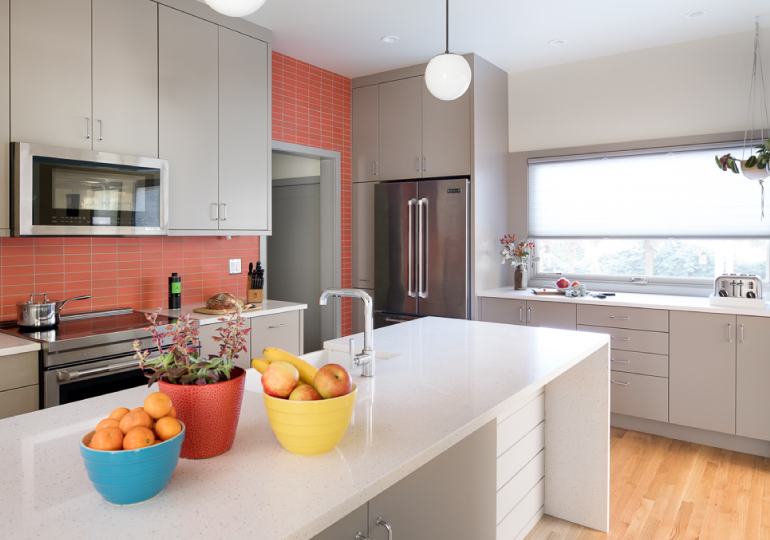
The kitchen and dining room have budget-conscious, semi-custom cabinetry. The soft gray color, which is mirrored throughout the home’s trim, gives a high-design effect that’s also a great neutral backdrop to a collection of wood furniture and bright quilts by Dawn’s mother. The couple splurged on Heath Ceramics tiles on the kitchen backsplash, a small area where a little bit of luxury makes a big impact.
“In New York, making something new out of the old or existing is the type of architecture most practiced. There’s not a lot of new, residential construction to go around,” he says. “It became part of me to focus on the inside user experience of a structure, not necessarily the exterior, which is less likely to be changeable.”
It turns out, Howells’ approach to shaping modern lifestyles in old structures through design is well suited to the current housing situation in Portland. Many Portlanders rue leaving beloved neighborhoods and stay in love with their older, interesting homes years after those same homes have stopped working for them. A lack of new construction in these neighborhoods — and soaring prices — means staying put and looking for alternative ways to meet changing family circumstances.
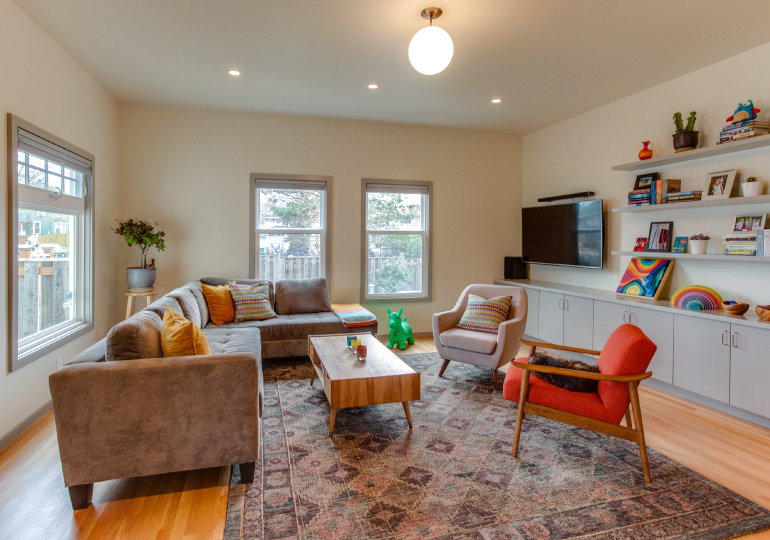
In the end, the couple added a second-floor addition, matching the footprint of the original home and doubling their square footage. Upstairs has two bedrooms connected by a Jack and Jill bath, a master suite with a private patio, and laundry. From Howells’ perspective, the new exterior roofline of the house makes a gesture toward the Frank Lloyd Wright Prairie period. It honors the neighborhood context while making a modern, of-the-moment statement. For Dawn and Jeff, they’re just thrilled with a small covered porch off their master, which gives them an indoor-outdoor connection to read books and drink a glass of wine while watching the sun set.
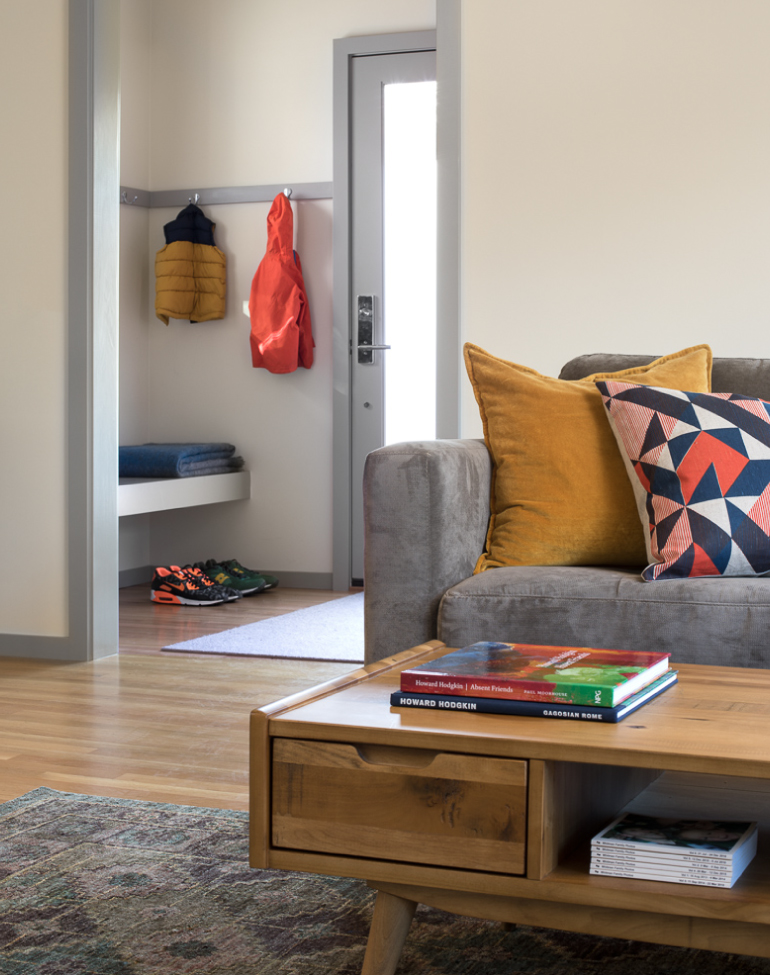
Downstairs, one of the bedrooms was sacrificed to create a formal dining space, while a new, functional mudroom makes the entry family friendly. The kitchen was also remodeled, bringing overall cohesion to the design, both upstairs and downstairs. The result is a thoughtful balance of budget and luxury choices that kept the price down but didn’t sacrifice a sense of light-filled, high design. And yes, the couple got their garage.
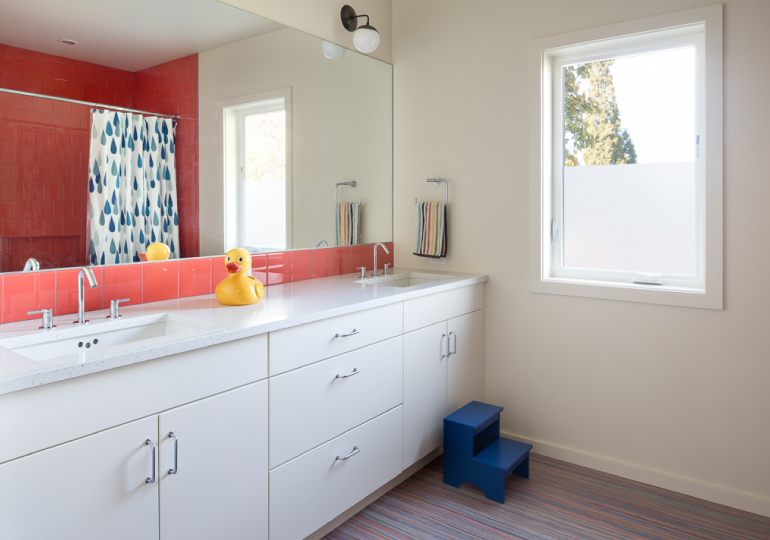
The home is a stunner but ultimately comfortable and casual — which turned out to be just right for a busy family who had two boys by the end of construction.
“It just feels right, the ease of it. It fits our family,” Dawn says. “Michael dialed it in to us. Even if we had chosen to buy a new house, it might have been beautiful, but it wouldn’t have been built just for us.”
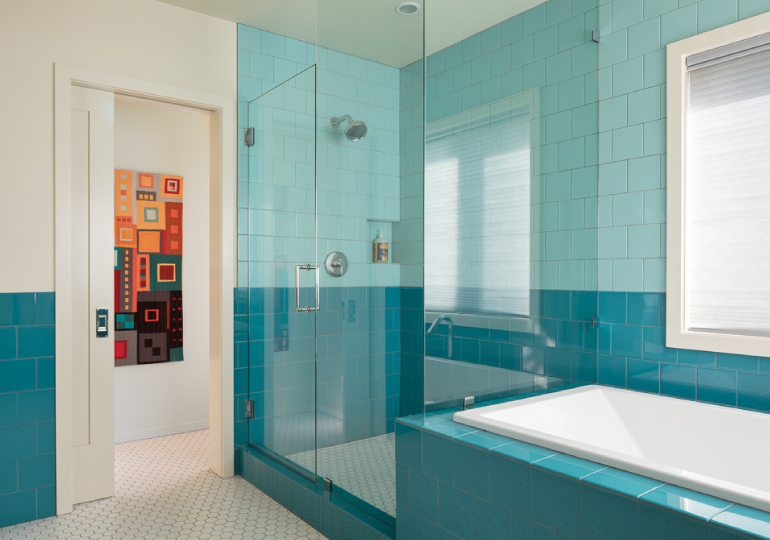
Upstairs, Dawn and Jeff’s two boys share a Jack and Jill bathroom. Family-friendly surfaces like “Crayola” marmoleum and bright tile will disguise heavy kid usage.
The master bathroom uses affordable American Olean tiles but in a color scheme that evokes a “sea and sky” Mediterranean effect. “This was a motif I’d wanted to do for ages, and it was nice to marry the idea to the right client,” says Howells.
Small details evoke a functionalist edict. For instance, black ceramic doorknobs feel new but also retro. Howells describes it as modernism with a capital “M”; this is the modernism of post-World War I, which is still effused with warmth and color — not the gray, white and steel modernism we associate with the word today.
WHY LOVING THE ONE (HOME) YOU’RE WITH IS STILL GREAT ADVICE
Working with what you have is a positive and sustainable ethos.
According to a study conducted by the National Trust for Historic Preservation, the greenest building may be the one you already own. Their inquiry took the organization to Phoenix, Chicago and, you guessed it, Portland to compare the carbon impact of building reuse and renovation versus new construction. “Building reuse can avoid unnecessary carbon outlays and help communities achieve their near-term carbon-reduction goals,” the study found.
You love your neighborhood.
The reasons you love your neighborhood stem from a variety of factors aligned with your personal values: proximity to work, friendliness of neighbors, walkability, access to nature, access to culture, the local schools — you name it.
Remodeling means you can make your house truly your own.
There’s some science showing a direct correlation between housing satisfaction and overall life satisfaction. If you can make your current house meet your needs, hey, your life might feel even more awesome.
Moving is expensive.
Enough said.
There is very little out there that won’t come with its own set of problems.
If the first four reasons to stay put apply to you, then this last one is probably a moot point. But in the case of housing, sometimes it’s a “devil you know” scenario. You know your own home from the inside out, quite literally. You know what it will take to make it fit your needs, and whether the roof is due to be replaced.



